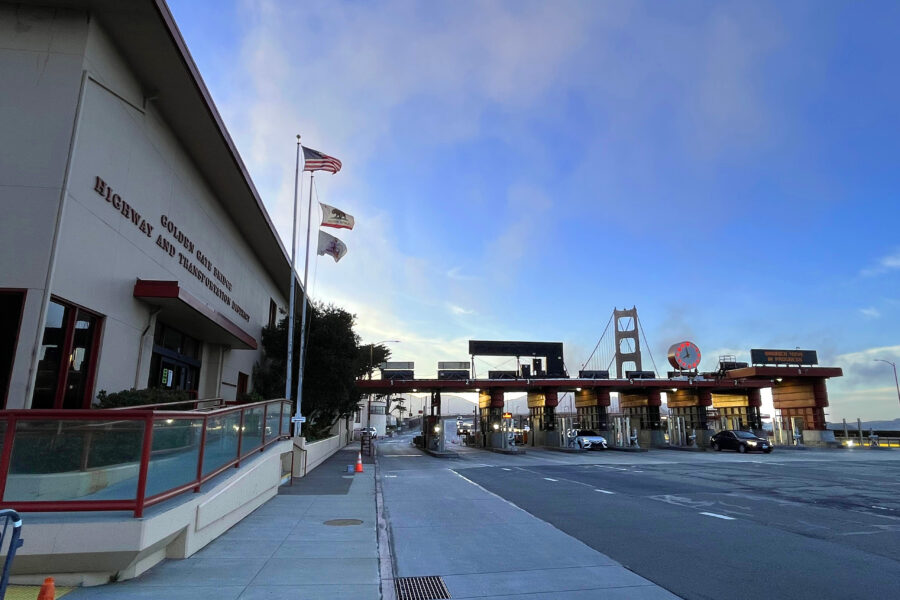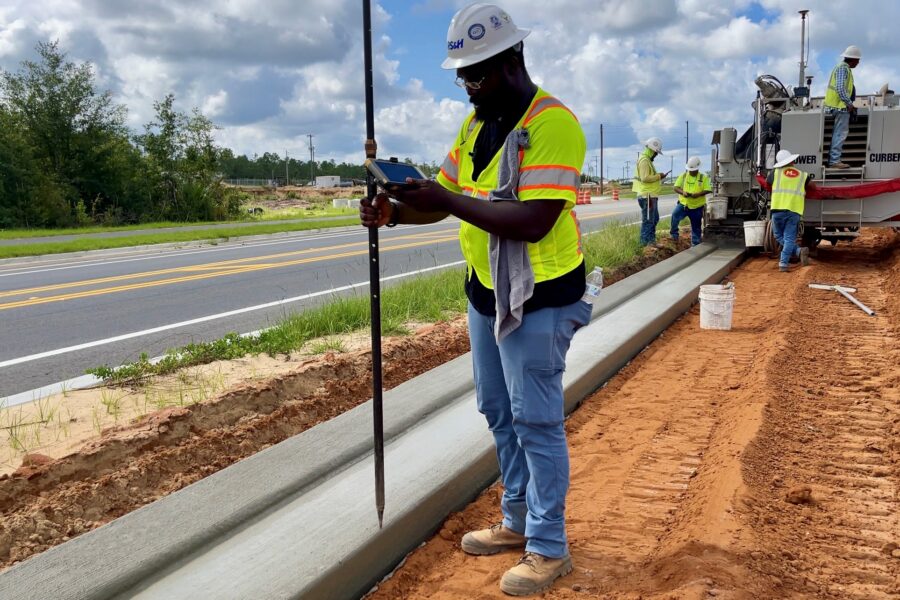Autonomous Vehicles Drive the Future of Transportation Infrastructure

The planning, design, and funding processes of our nation’s transportation infrastructure, including highways and city streets, are bound to see significant shifts in the next ten years.
Over the next decade, all stakeholders, including federal, state, and local transportation agencies in the A/E/C industry, may need to re-think their business plans as a result of a major innovation in technology. Autonomous vehicles, sometimes known as automated vehicles, smart cars, driverless cars, and intelligent vehicles, can be described as vehicles that are capable of providing significant independent driving assistance. Prototypes are being developed and tested by multiple companies, including Mercedes, Audi, Ford, and Google – meaning we are closer to this science-fiction ideology than some may think.
According to the National Highway Traffic Safety Administration (NHTSA), several states, such as Nevada, California, and Florida, have enacted legislation that permits the operation of automated vehicles under certain conditions. The NHTSA estimates that the nation could be only seven to 12 years away from full self-driving automation. While assisted steering, acceleration, braking, and parking are all being developed, and are in fact being offered in some newer models today, research and development continues toward the goal of full self-driving automation.
The primary driver of this technological movement is safety. With more than 30,000 auto crash fatalities a year in the U.S. alone, which are almost all due to driver error (distracted driving and impaired driving being the greatest causes), NHTSA’s goal is to one day achieve zero auto-related fatalities.
A second factor that is pushing this movement is the high cost of personal vehicle ownership, and many anticipate that there will soon be no compelling reason for owning your own vehicle once autonomous vehicles are at your service with the simple use of a cell phone app. However, with every new technology, there are some concerns, such as gaining public trust and acceptance, ensuring privacy and security, identifying funding sources, and the need for policy revisions.
In the future, the advent of these vehicles could very well be a real game-changer in the transportation planning and design industry. There are uncertainties with respect to the specific roles that our industry will play in helping to enable autonomous vehicles to efficiently operate on and within the nation’s transportation infrastructure. However, we can be fairly certain that numerous areas of transportation infrastructure planning and design may be impacted, and possibly even the way in which we fund our highway projects. Some examples are:
Traffic engineering: It is widely thought that once the nation’s fleet of vehicles becomes fully automated, traffic will flow much more efficiently due to smaller gaps between platooning vehicles and more uniform patterns of traffic flow. This will require changes in traffic modeling and capacity analyses and may even result in the need for fewer highway expansion projects.
Urban planning: The way in which we go about planning our nation’s cities and towns could see significant changes in the future. For example, currently a large percentage of our cities’ land area is consumed by parking facilities – in some cases up to a third. In the future, with less personal car ownership and the use of ride-on-demand services, the need for these massive parking facilities will diminish and this land can be used for open spaces, parks, intermodal transportation hubs, etc. In fact, in some cities, new parking garages are being designed so that once parking demand is no longer present, these structures can be easily converted to accommodate office or residential uses.
Highway funding mechanisms: We are all acutely aware of our nation’s transportation funding shortfalls that are a result of diminishing revenues from motor fuel tax (MFT) inefficiencies. It is inevitable that our reliance on the current MFT funding mechanism will soon end. Many experts view a vehicle-miles-traveled (VMT) fee as a long-term solution. In fact, the National Surface Transportation Policy and Revenue Study Commission and the National Surface Transportation Infrastructure Financing Commission are on record endorsing a shift to a VMT fee over time.
With VMT fee research and testing currently underway, it would appear that its implementation timeframe coincides rather well with that of the implementation of autonomous vehicles. These vehicles may actually help facilitate the transition to this type of a mileage-based user fee. Given the sophisticated communications technology needed for automated vehicles, whether it’s cellular, Dedicated Short Range Communication (DSRC), GPS or others, the ability to track vehicle miles traveled would almost be an afterthought. Congestion pricing, widely seen as the most effective method of modifying travel behavior, could also be more readily implemented. Significant policy changes will be needed soon for autonomous vehicles, and it may make sense to include the transition to VMT fees as part of these policy considerations.
While legislation, funding, and public acceptance will determine when these automated vehicles will arrive on our roads, the truth is they will soon be a choice for consumers. How drivers remain safe on the roads while operating automated vehicles and what we as an industry need to do to help facilitate their integration onto our nation’s highway infrastructure are immediate challenges that will soon need solutions.
–By Preston Keefe




